# lotus
-
Gruppo Geely
 Cole_90 ·
Cole_90 ·- 139 commenti
- 40615 visite
-
Lotus Emira M.Y. 2025
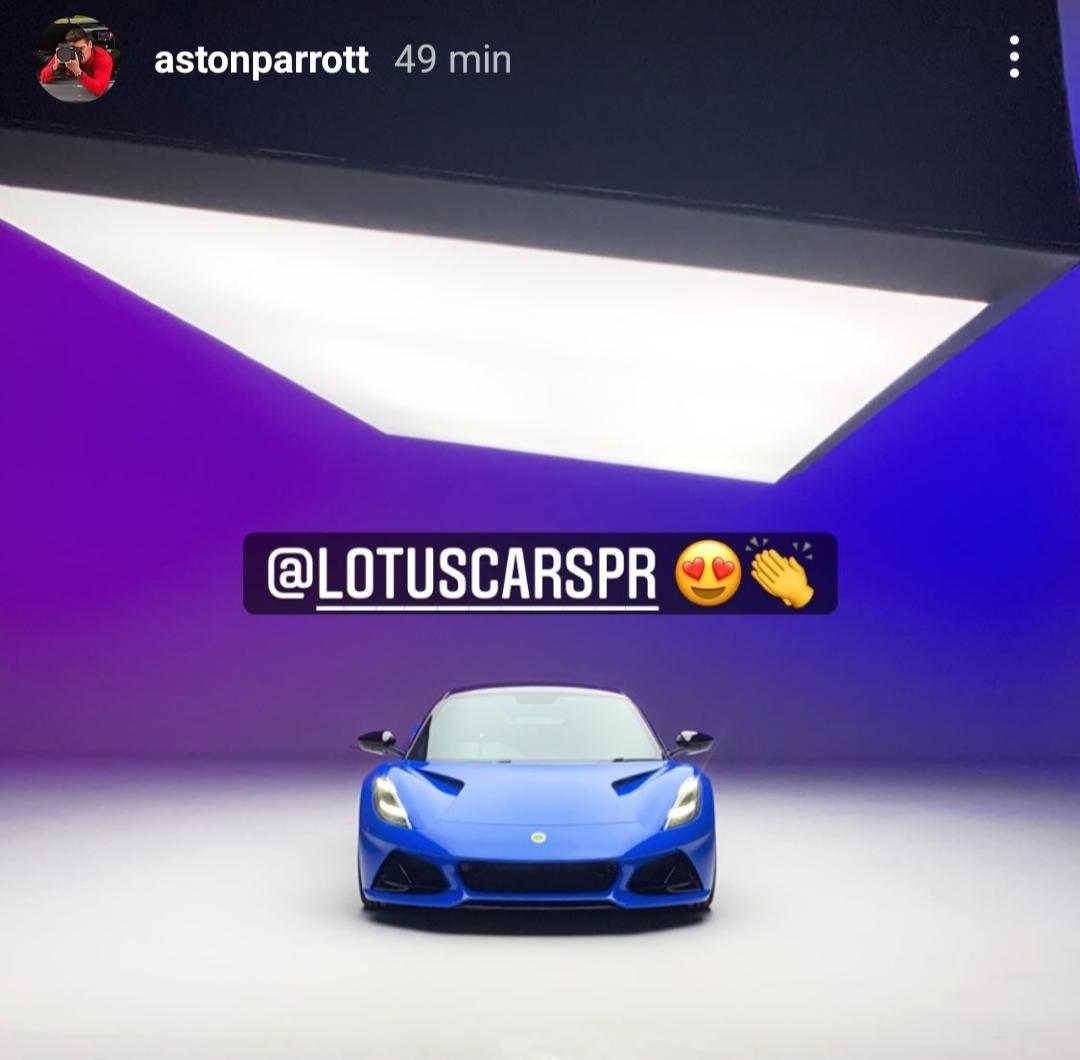 Cole_90 ·
Cole_90 ·- 107 commenti
- 34276 visite
-
Lotus Evija 2020
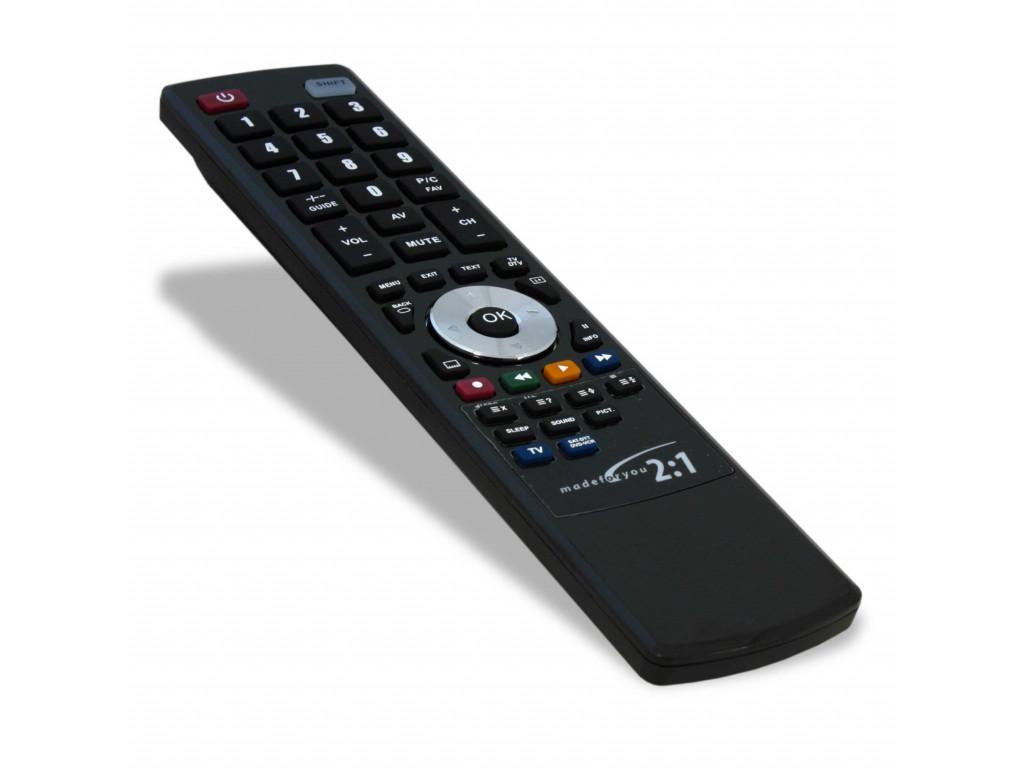
- 109 commenti
- 28226 visite
-
Scelte Strategiche Gruppo Geely
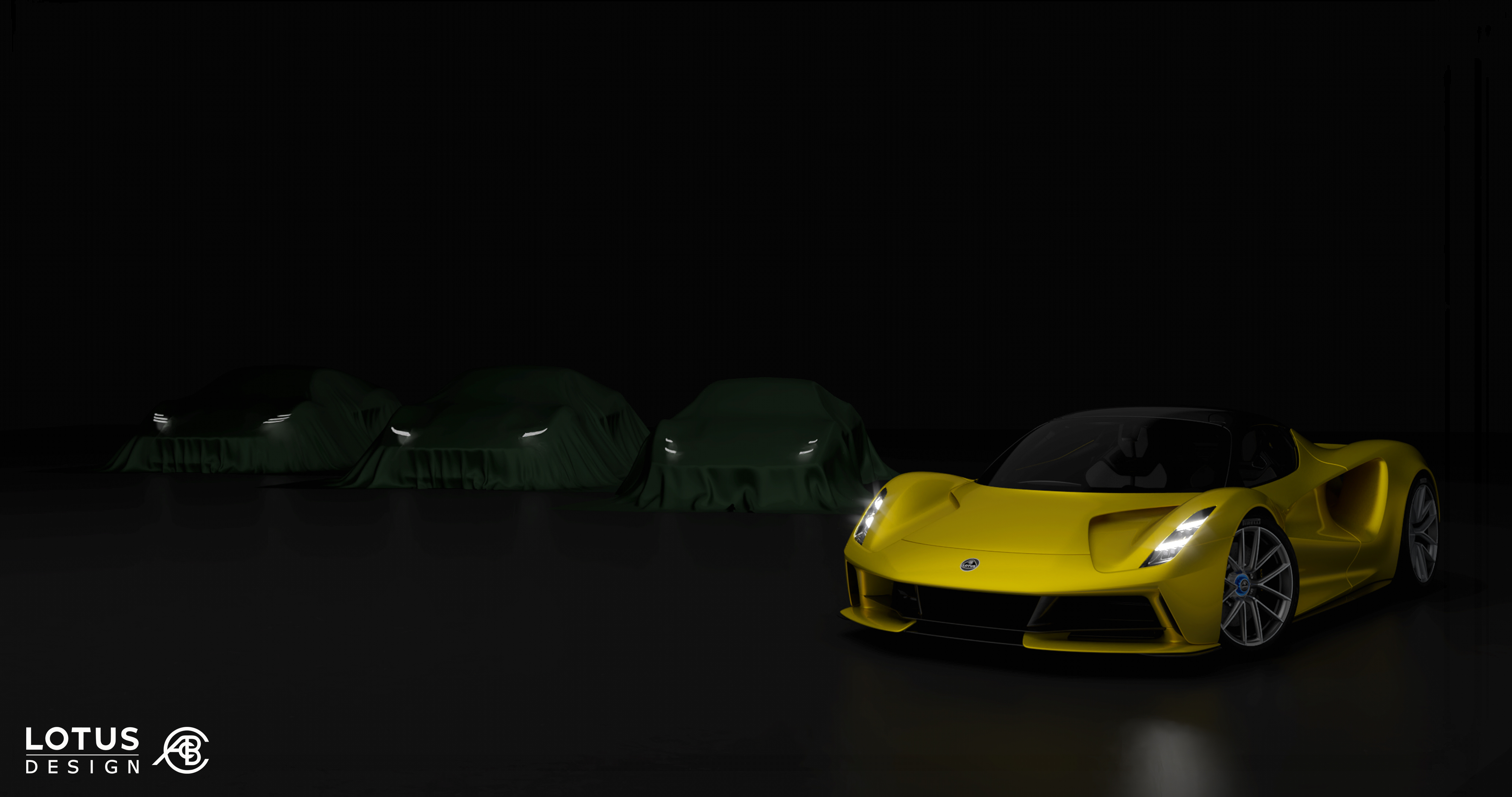
-
Lotus Eletre Hyper Hybrid 2026 (Spy)
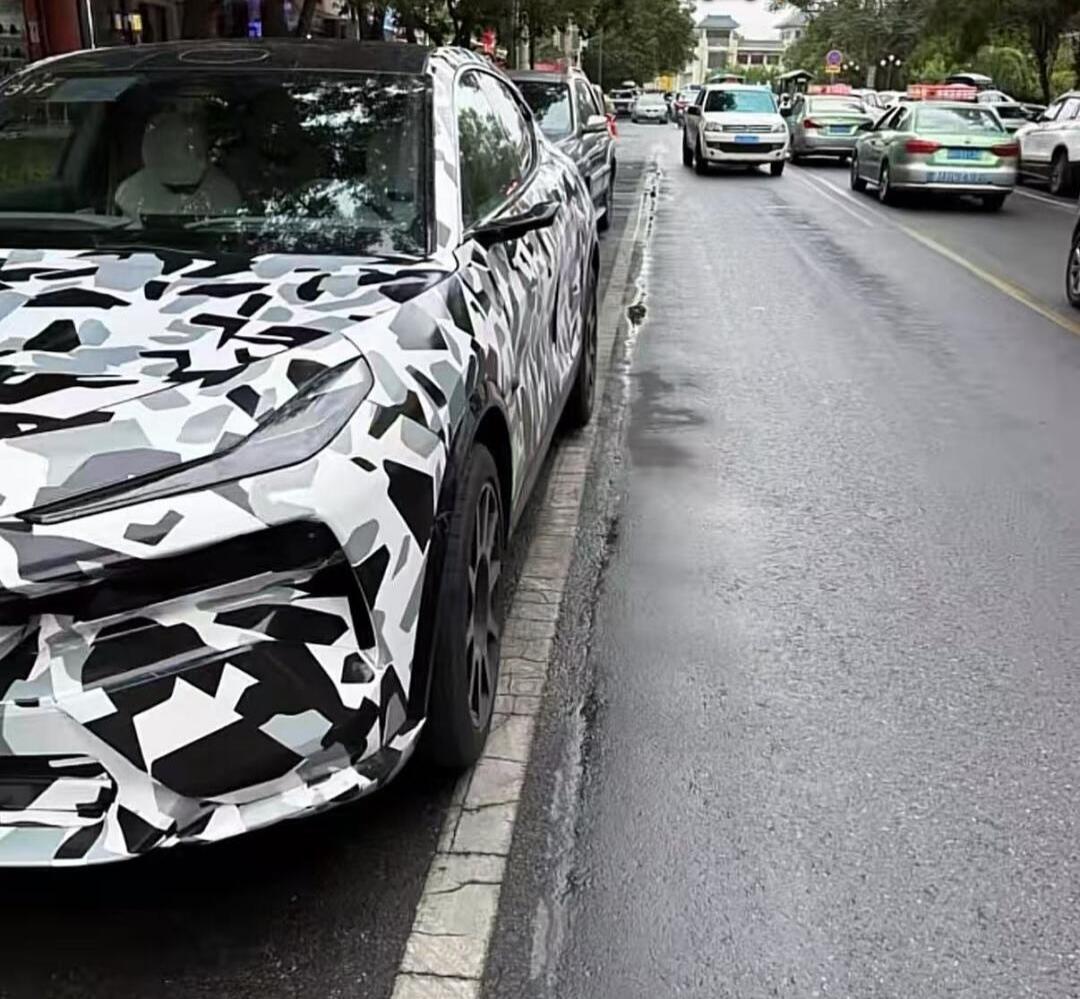 Kay195 ·
Kay195 ·- 19 commenti
- 3188 visite
-
Lotus Emira PHEV 2027 (Notizie)
- lotus emira phev
- lotus
- emira
- lotus phev
-
Taggato come:
- 7 commenti
- 891 visite
-
I Prossimi Modelli Lotus
.jpg.74a9099526a2dc64aac7b15c3edf8300.jpg) j ·
j ·- 31 commenti
- 5156 visite
-
Lotus Emeya MY 2025
 Osv ·
Osv ·- emeya
- lotus
- lotus emeya
- lotus ufficiale
-
Taggato come:
- 60 commenti
- 13394 visite
-
Lotus Eletre MY 2025
.jpg.39d5e45cc0304743a3c3c11bc0ec7913.jpg) __P ·
__P ·- 127 commenti
- 31084 visite
-
Lotus 62-2 coachbuilt by Radford 2021
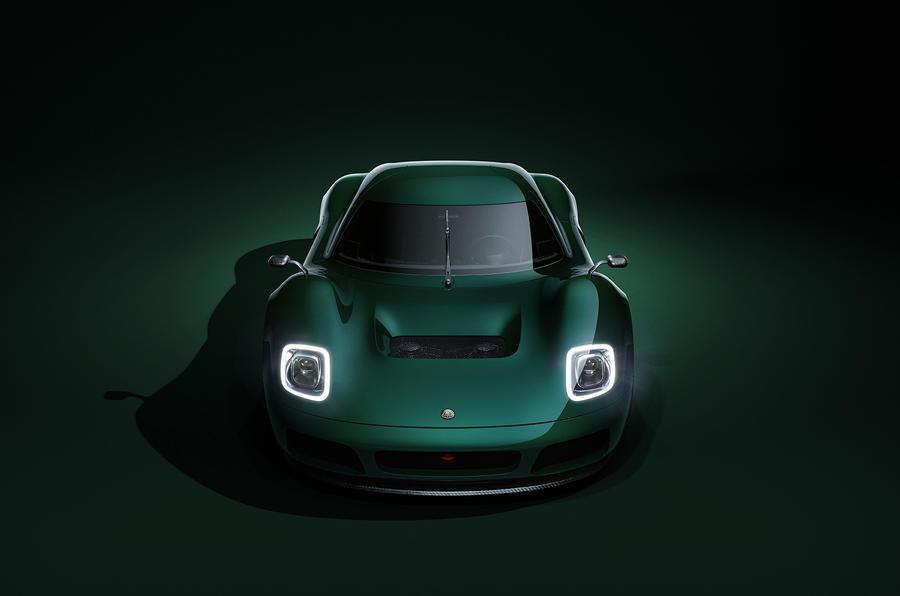
- lotus 62-2
- lotus
- lotus ufficiale
- 62-2
-
Taggato come:
- 41 commenti
- 14121 visite
-
Lotus Theory 1 Concept 2024
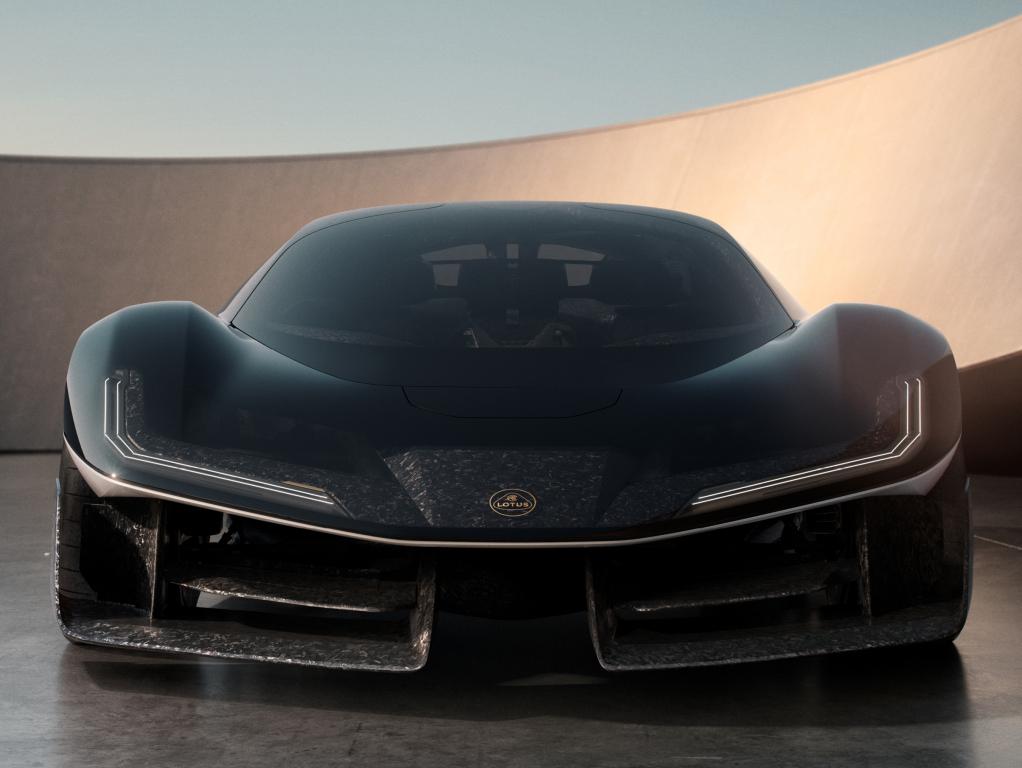 j ·
j ·- 16 commenti
- 3170 visite
-
Lotus Emeya 2023 - Prj. Type 133 (Spy)
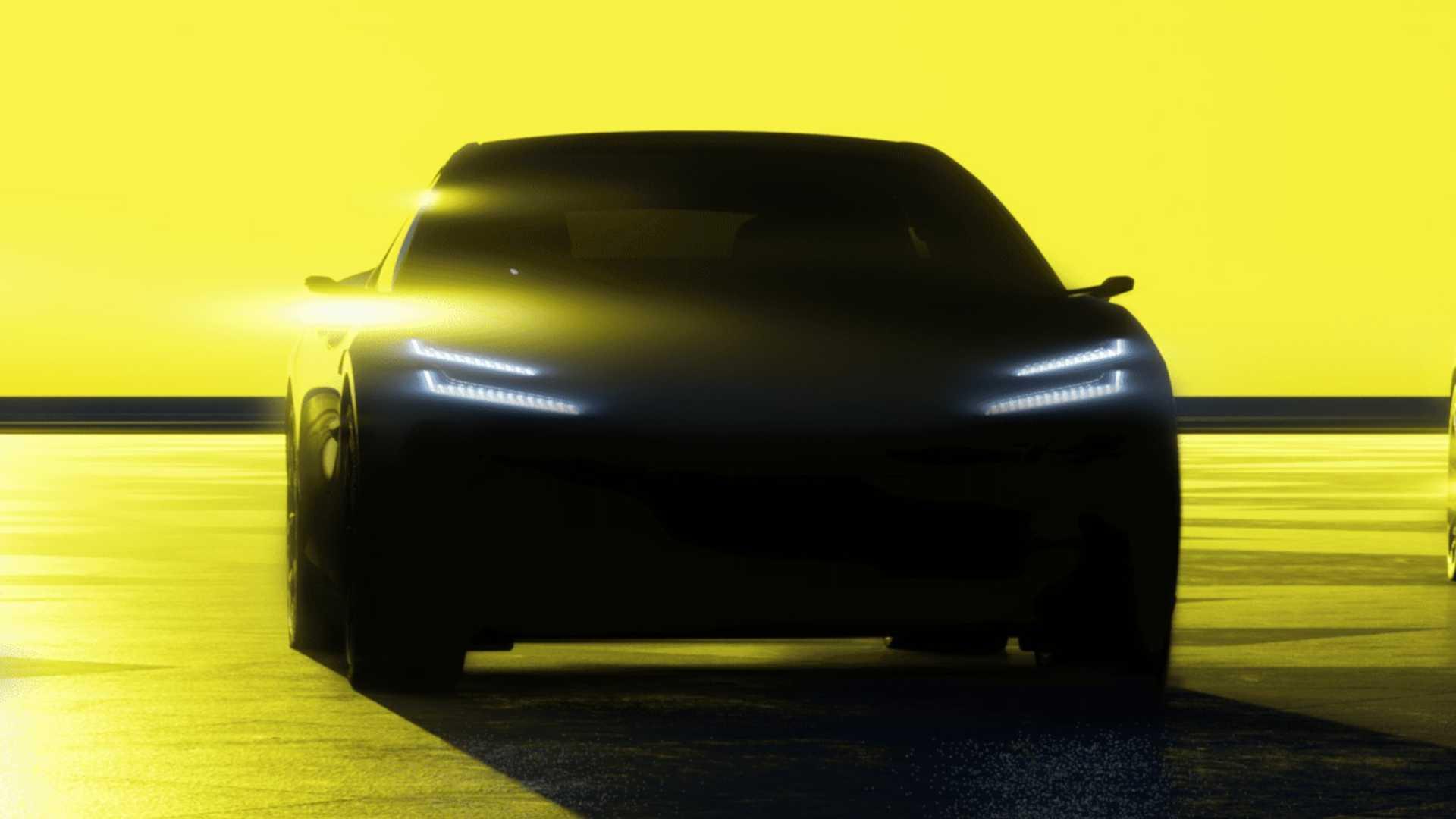 j ·
j ·- 37 commenti
- 9918 visite
-
Lotus Type 66 2023
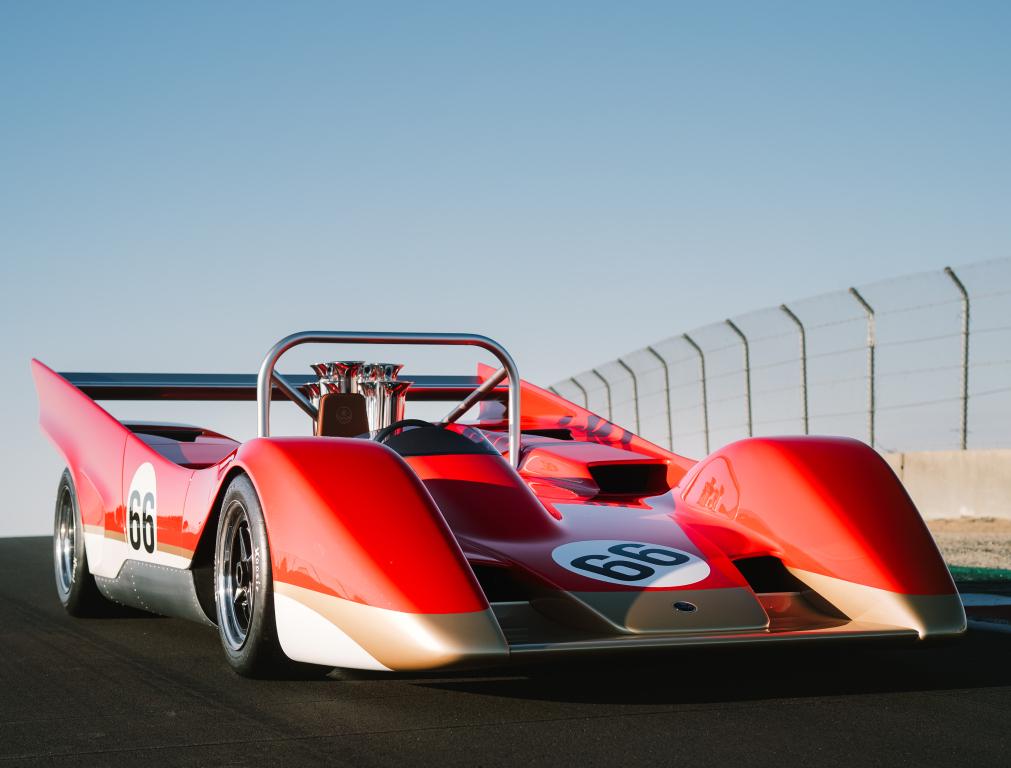
-
Lotus Evija X 2023 (Spy)
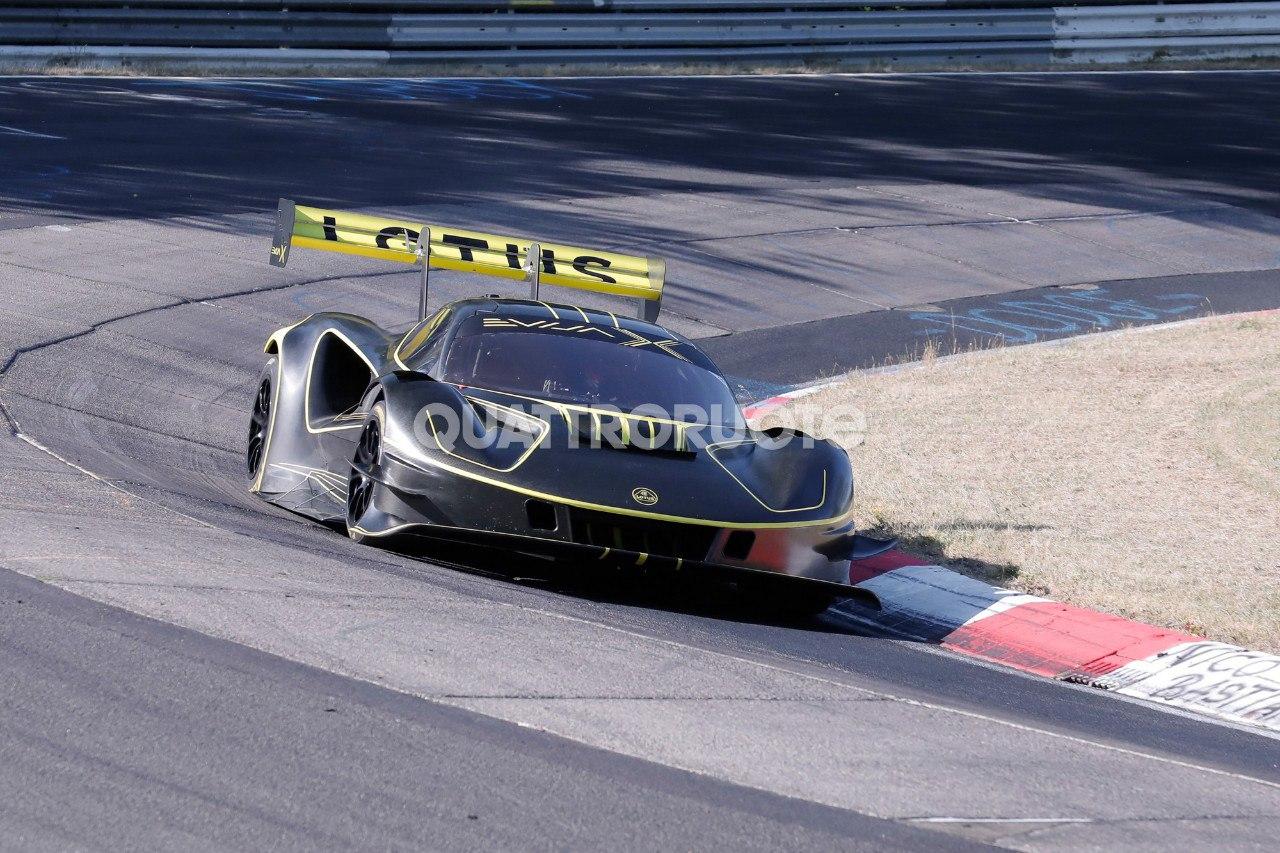 j ·
j ·- lotus evija x
- lotus
- evija
- evija x
-
Taggato come:
- 1 commento
- 1223 visite
-
Lotus D-SUV EV 2025 - Prj. Type 134 (Notizie)
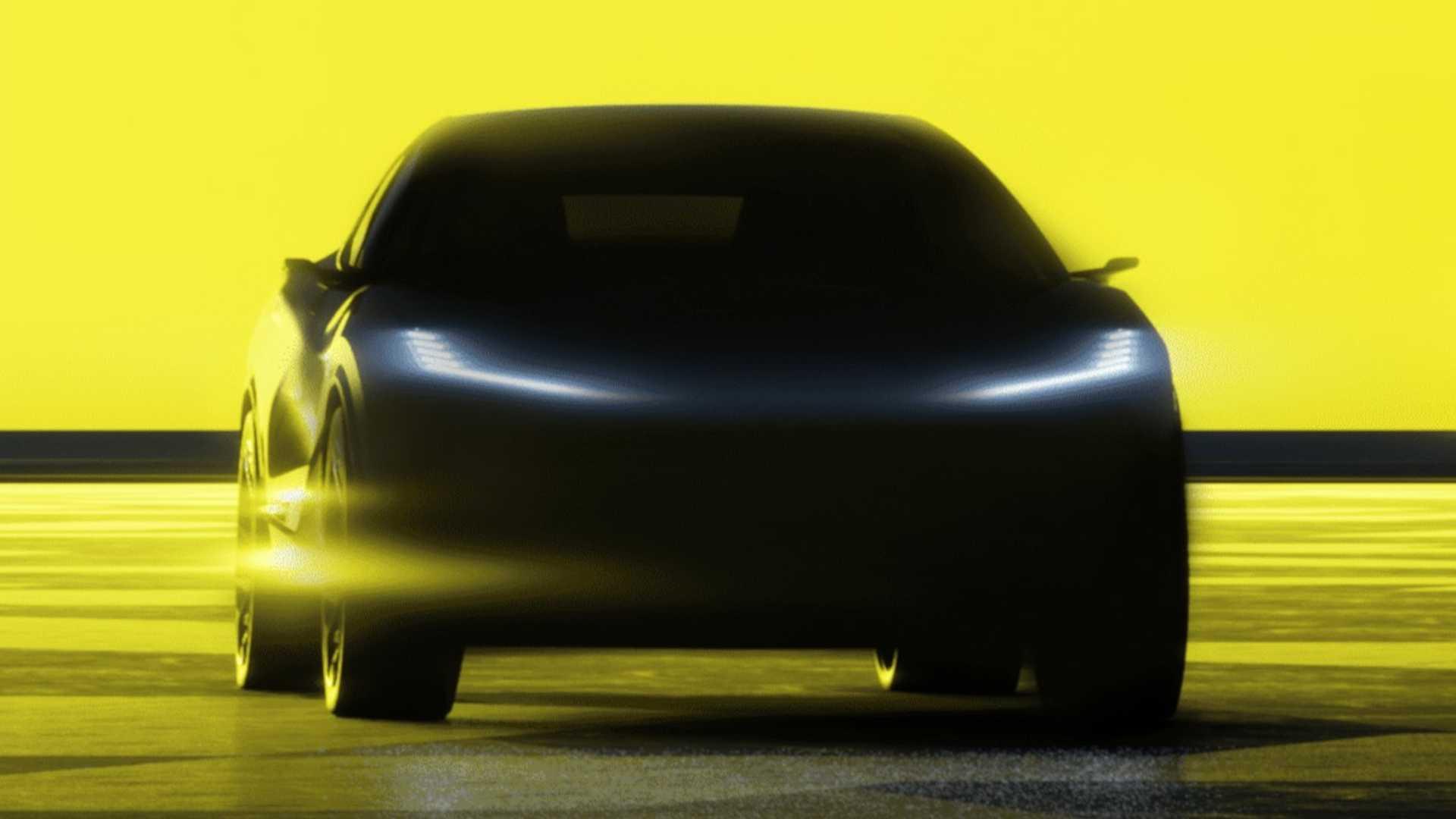
- 2 commenti
- 1405 visite
-
Zeekr 003 2023 (Spy)
 xtom ·
xtom ·- 11 commenti
- 2697 visite
-
[Mai Nate] Lotus
![[Mai Nate] Lotus](https://www.autopareri.com/uploads/monthly_2020_03/lotusmscespritconceptcar.jpg.30ac3d95095260335ad97e3489c68712.jpg)
-
Lotus Eletre 2022 - Prj. Type 132 (Spy)
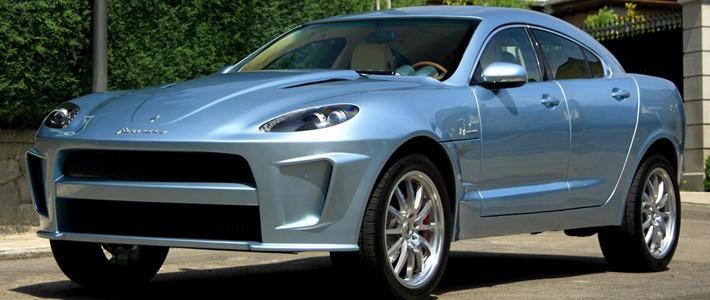
-
Lotus Elise esce di produzione dopo 26 anni
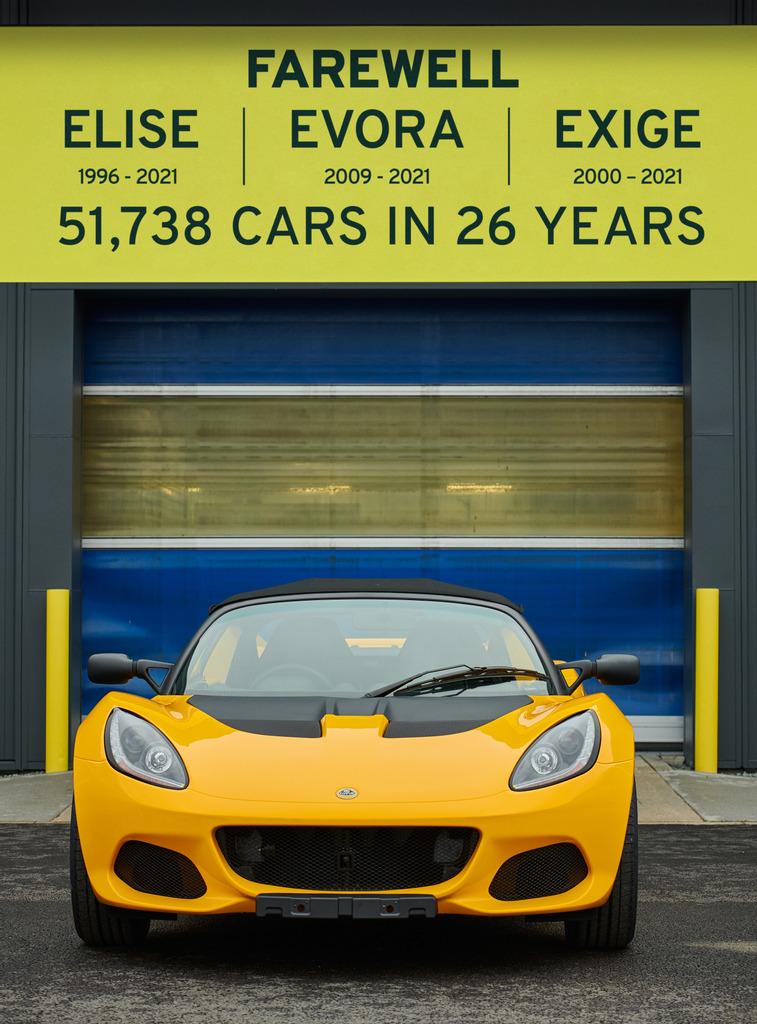
- 6 commenti
- 2919 visite
-
Lotus Emira GT4 2022
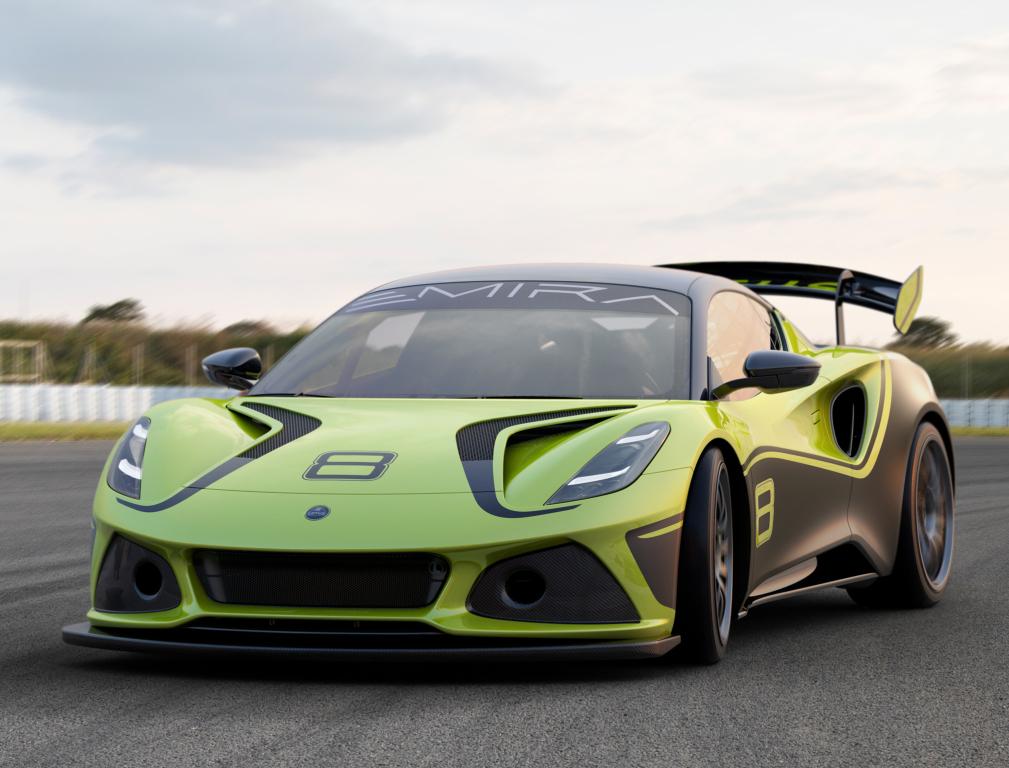 j ·
j ·- 3 commenti
- 1159 visite











